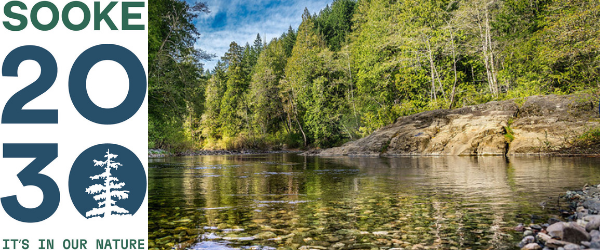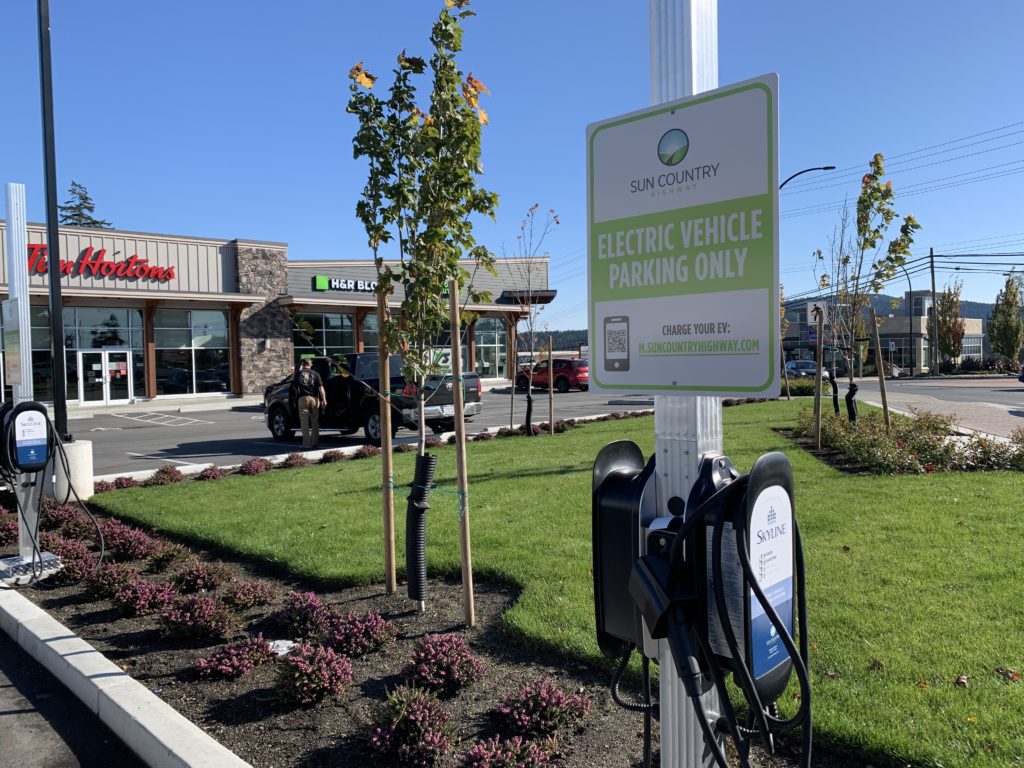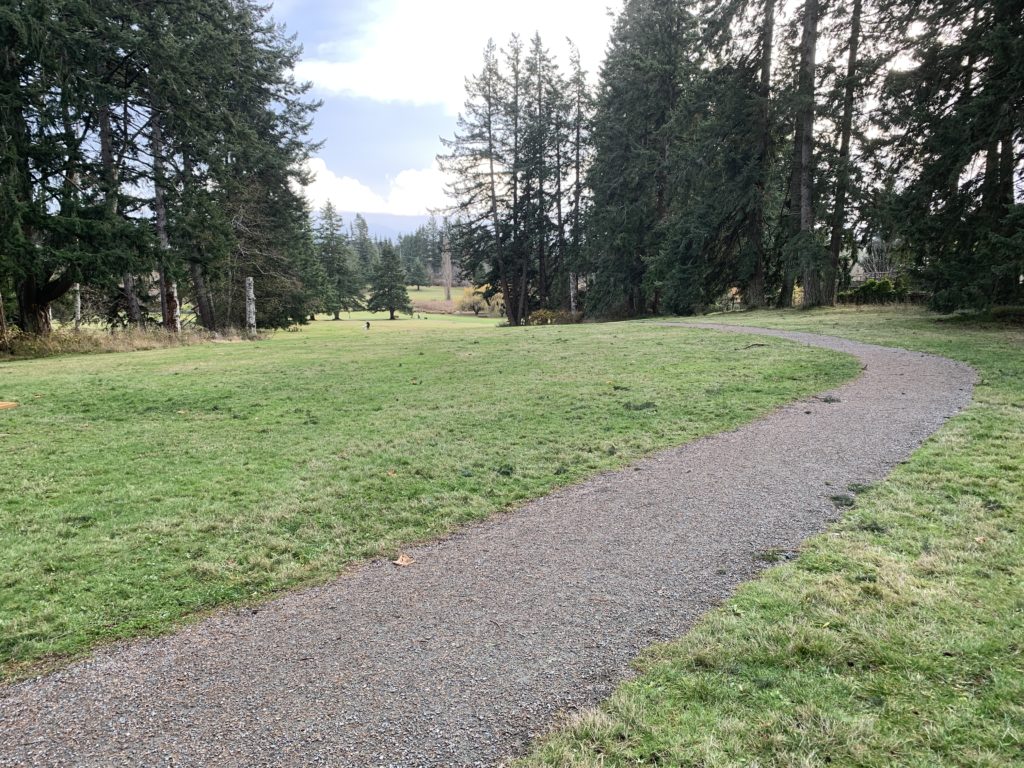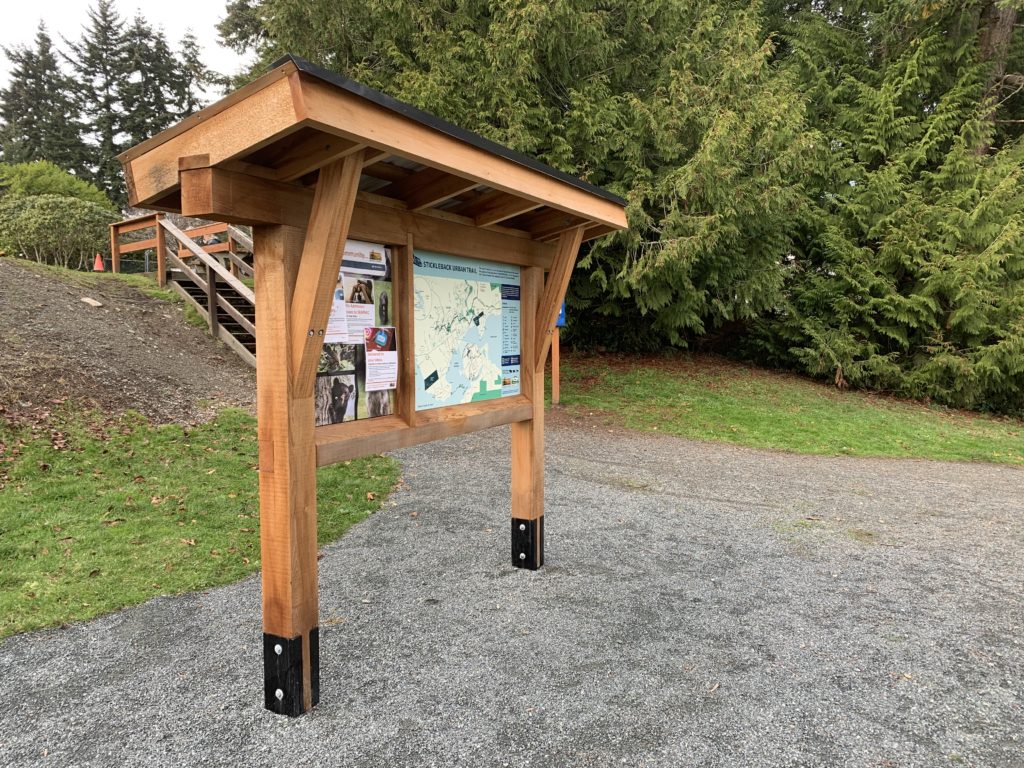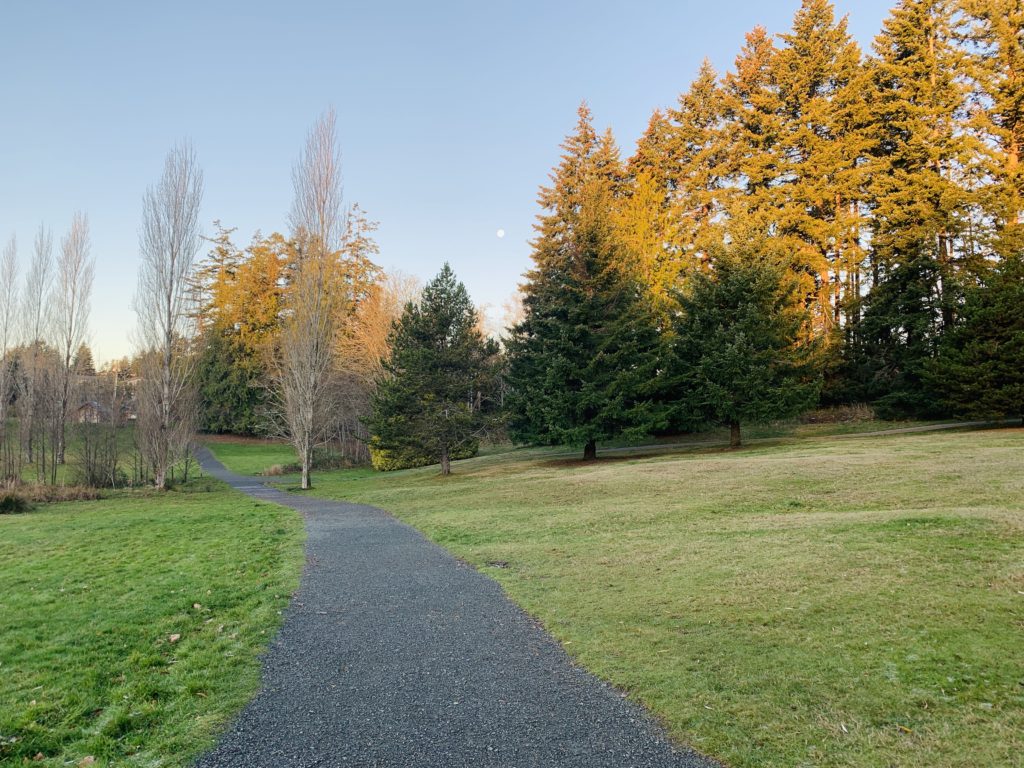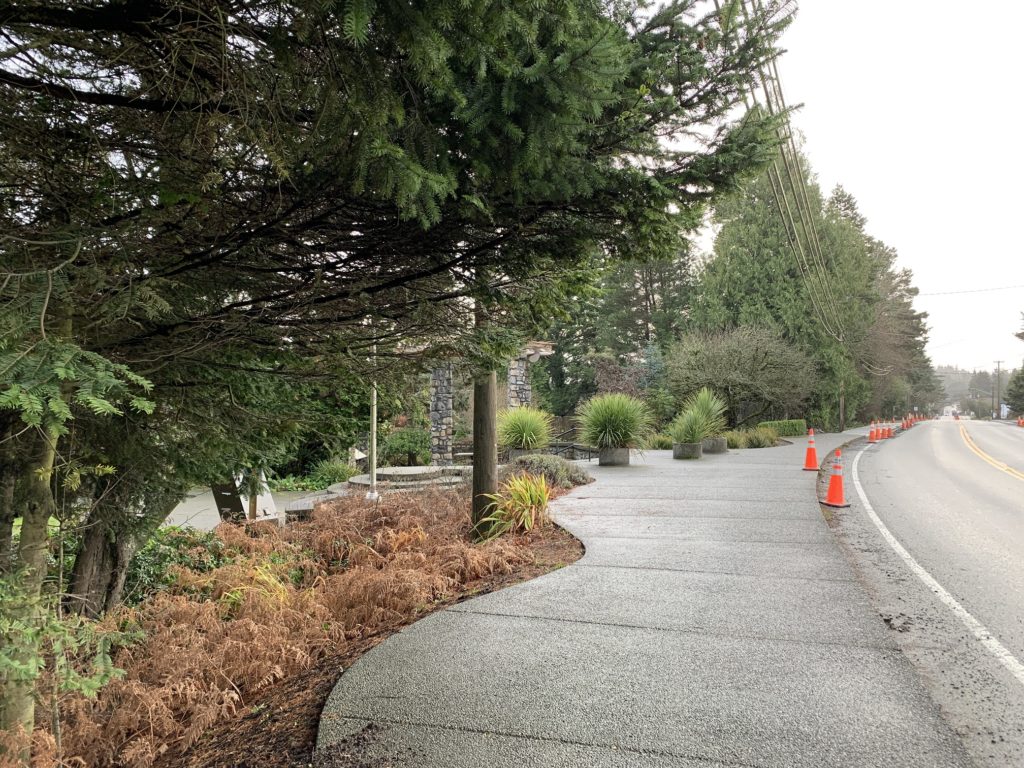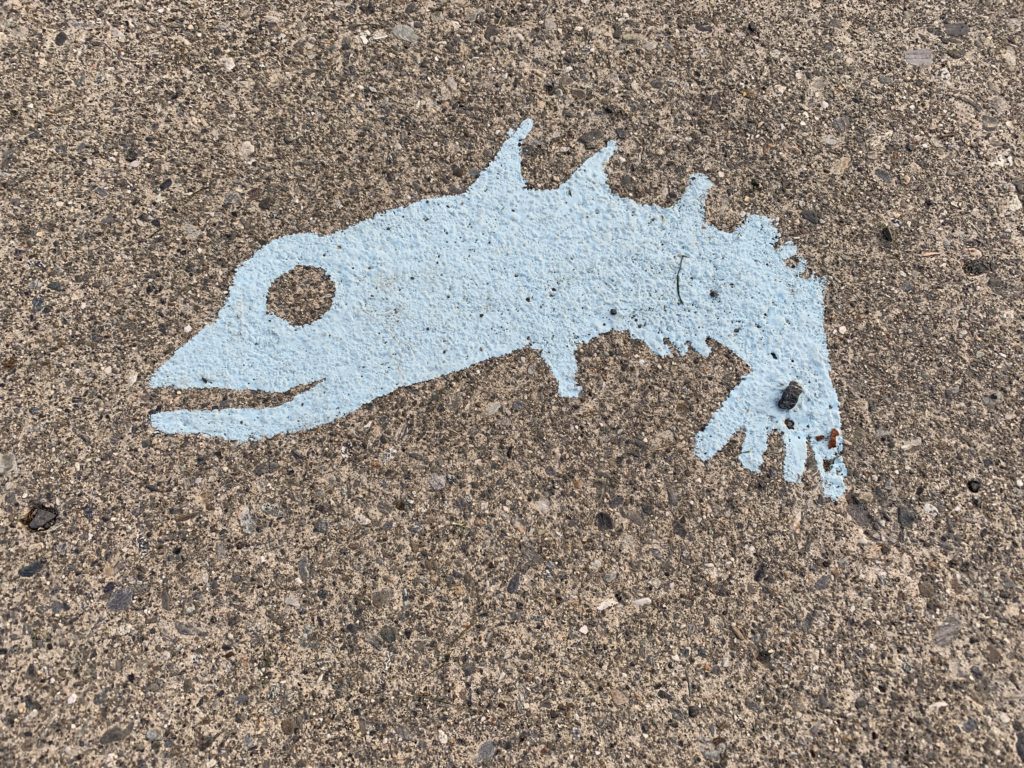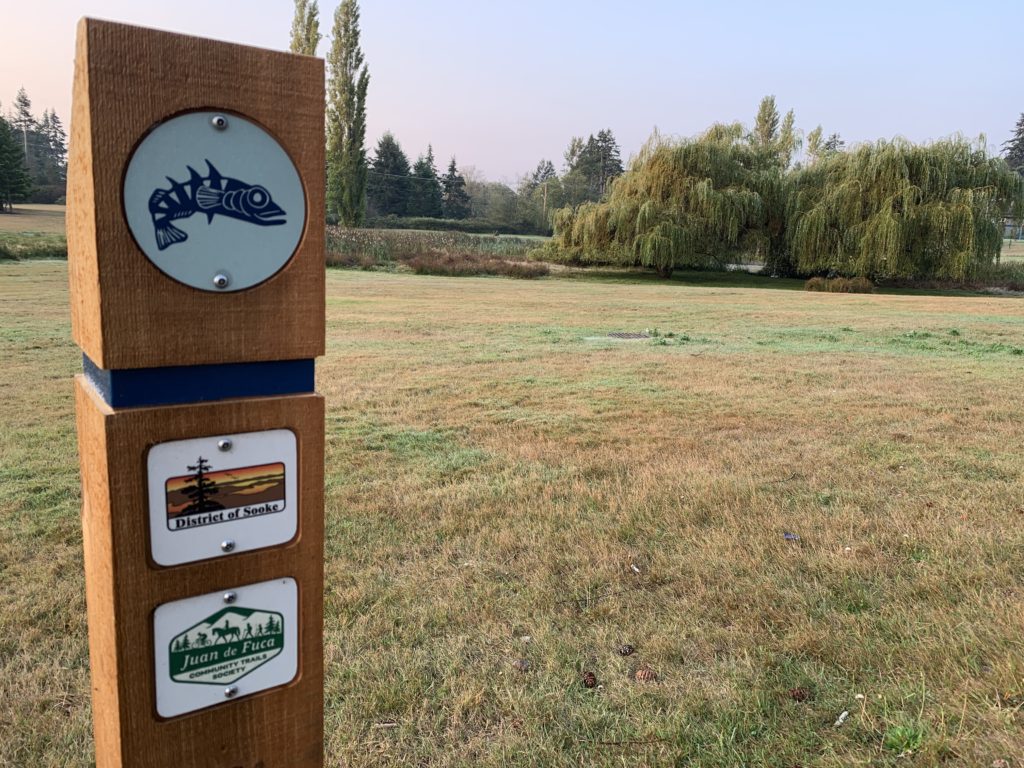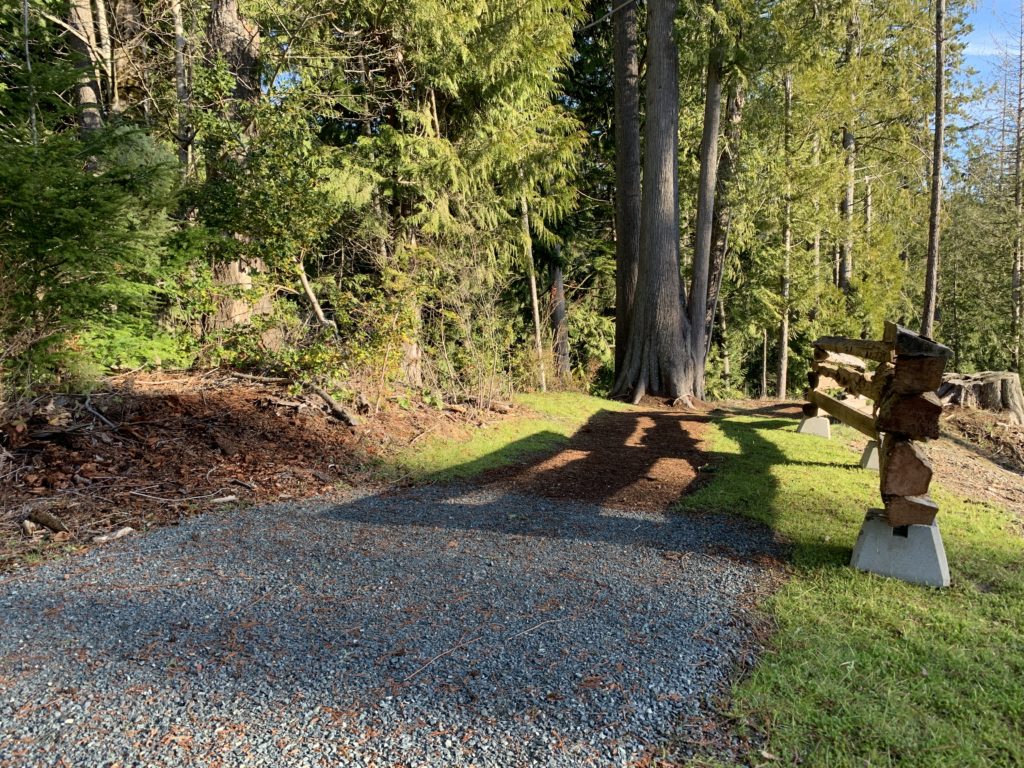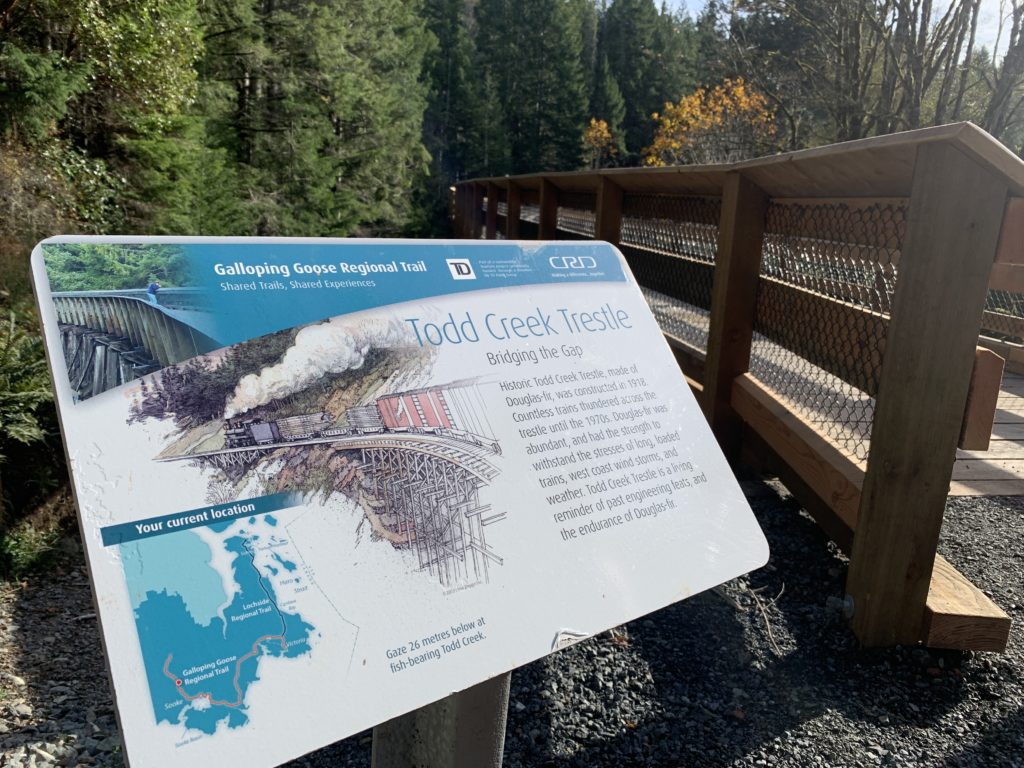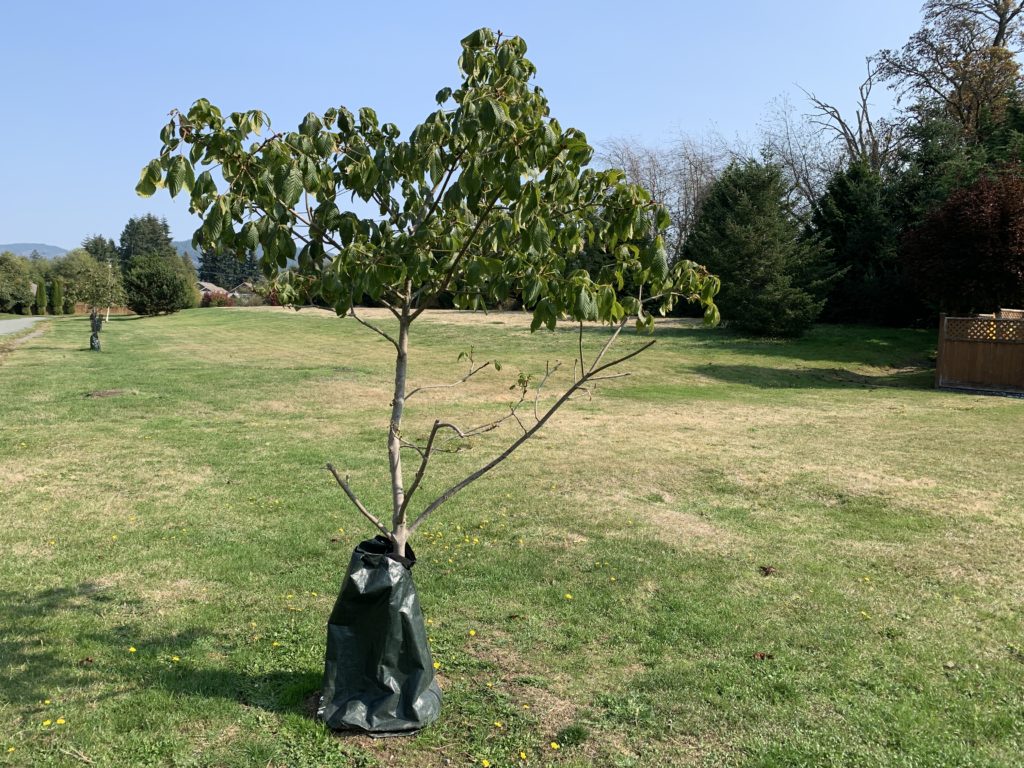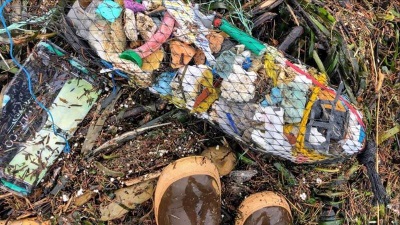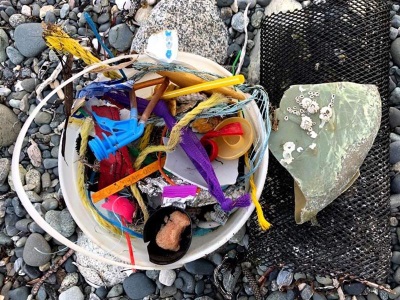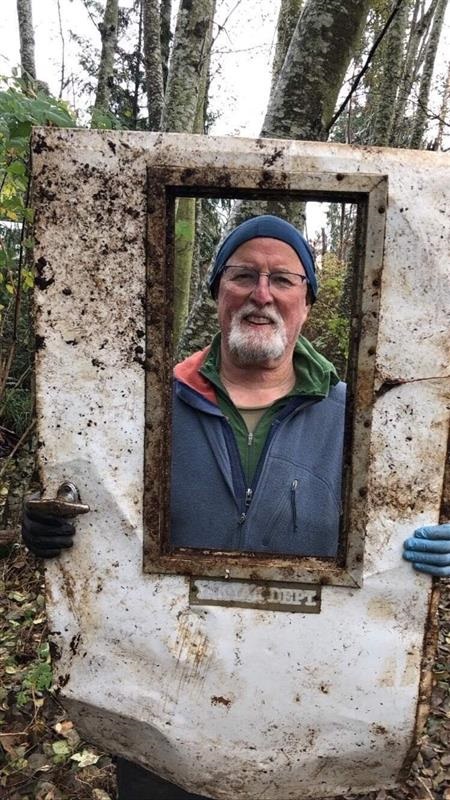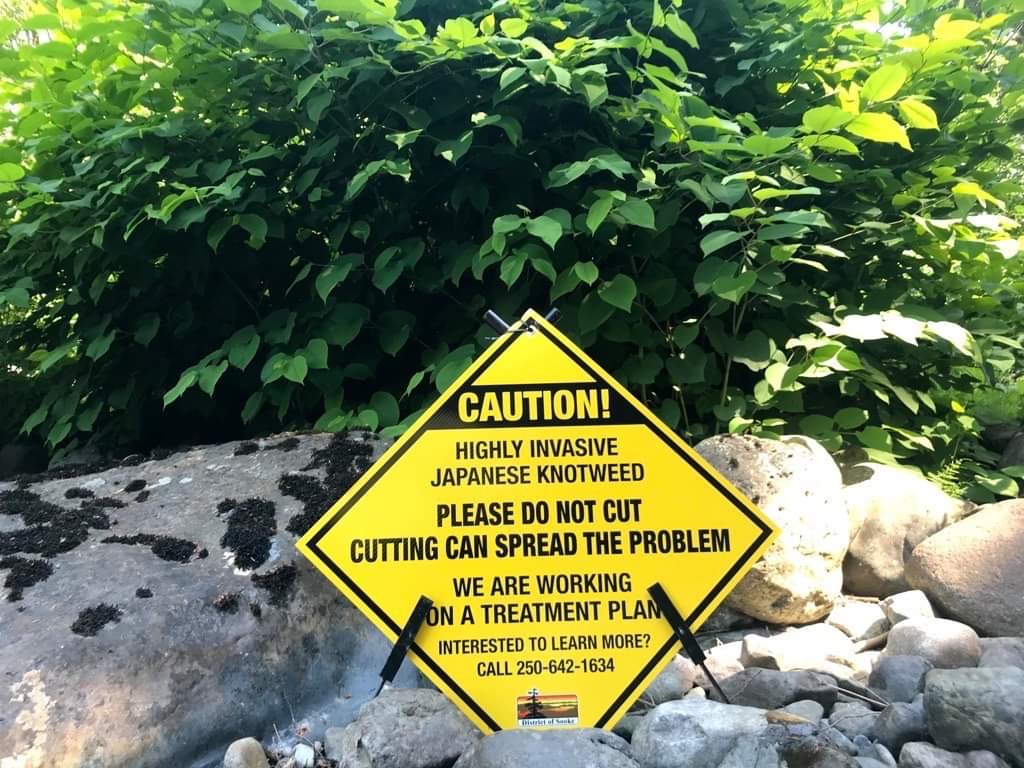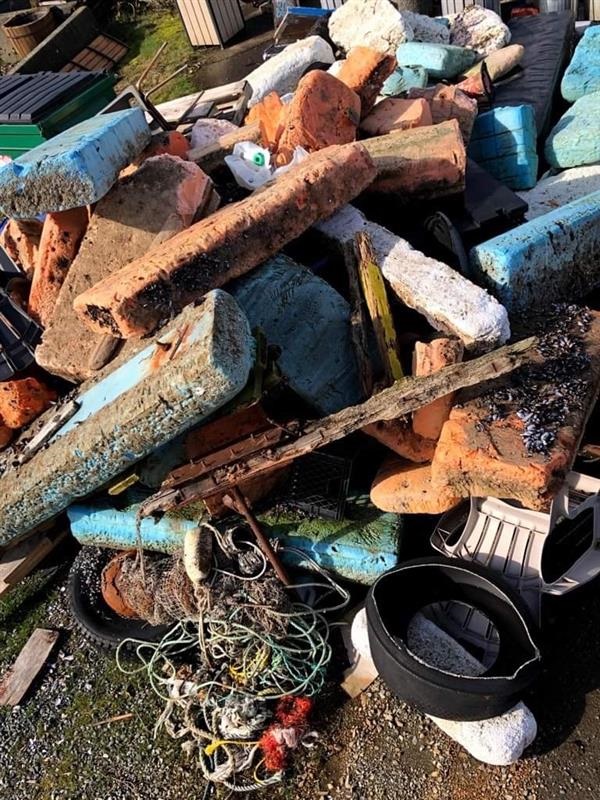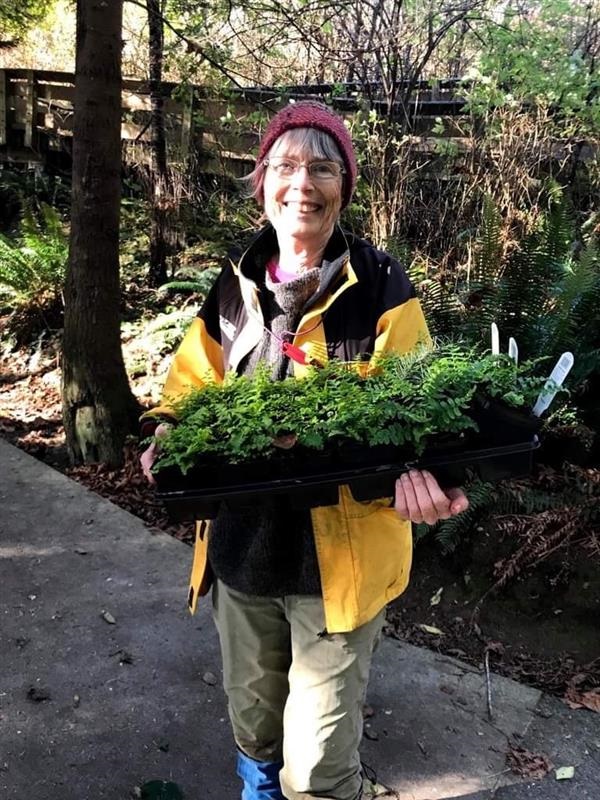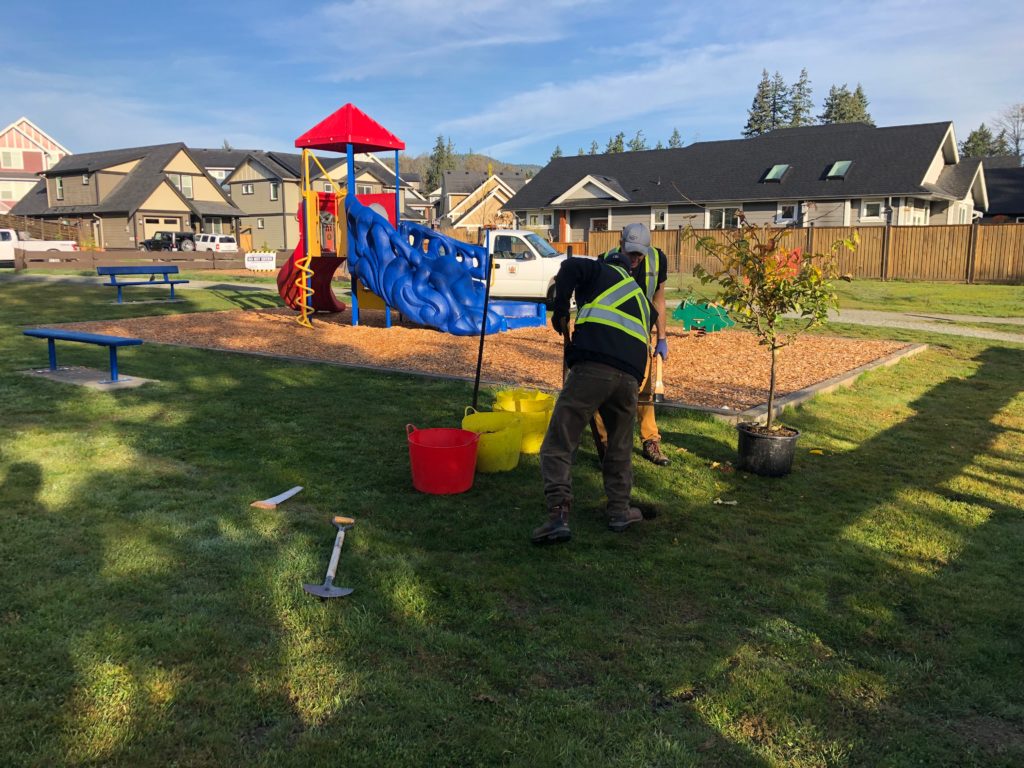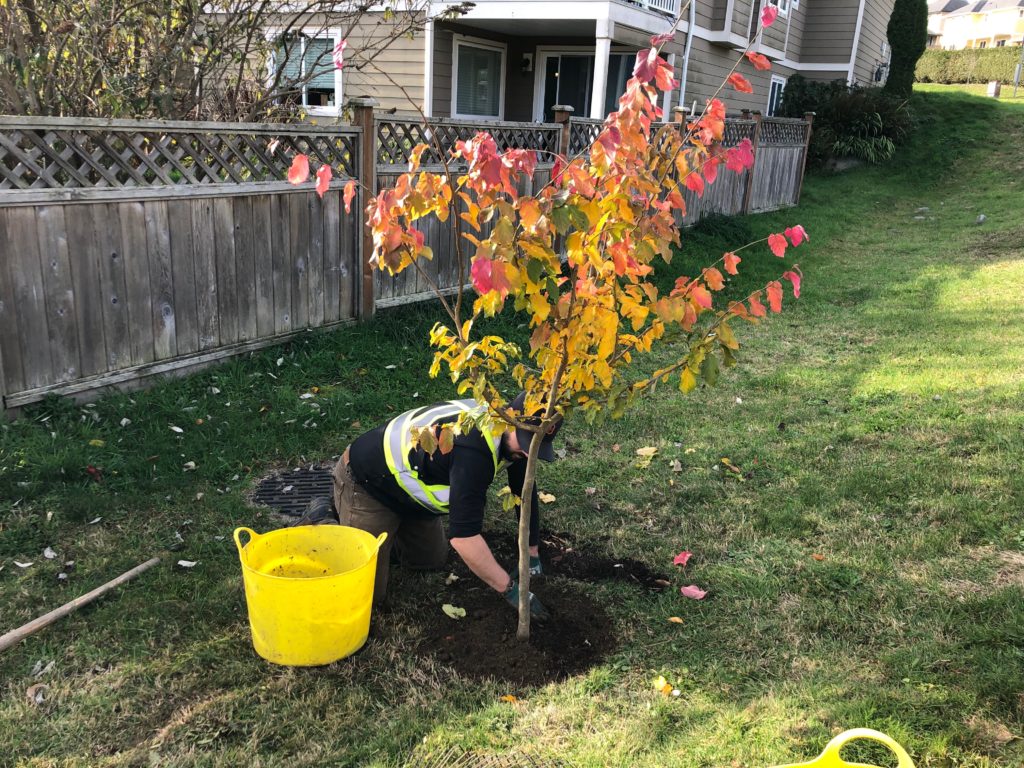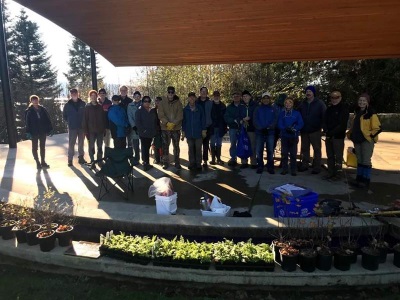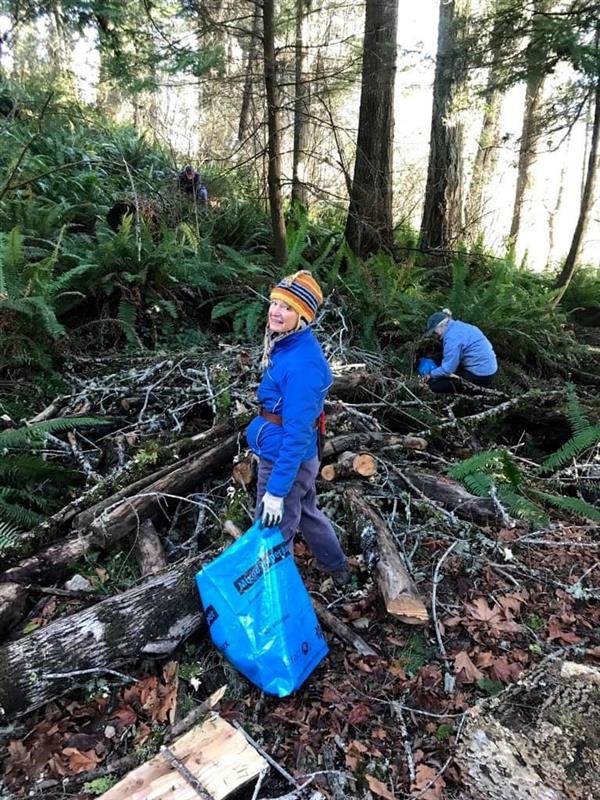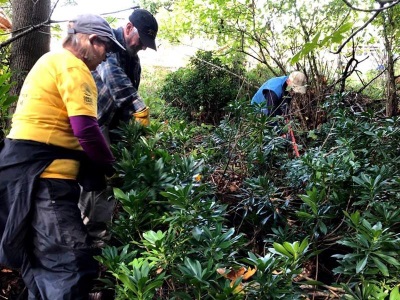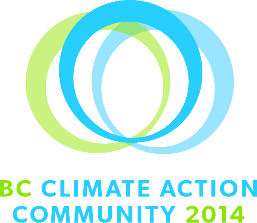Climate Action
Updated April 11, 2024
The District of Sooke’s Climate Action Plan brings you closer to home where you can enjoy more time with family and friends, share in a thriving local economy, and appreciate our natural environment and abundant wildlife.
By re-thinking how we move, what kind of buildings we live and work in, where our energy comes from and how we interact with each other and in our community, we can become richer than we ever thought possible.
Sooke is striving to reduce greenhouse gas emissions by 50% by 2030 and 100% by 2050.
By inherently applying consideration for the environment, we will enhance the quality of life in Sooke – for generations to come. It will take all of us, working together, to reach this target.
See what the district is doing and how you can get involved as we synchronize our efforts toward Sooke 2030.
- READ OUR CLIMATE ACTION PLAN >>
- SUBMIT A COMMUNITY CLIMATE ACTION SEED FUNDING PROGRAM GRANT (Intake: June 1 to 30, 2023)
Low-Carbon Resilience Lens
Low Carbon Resilience (LCR) is a framework that integrates climate preparedness and sustainability into policy, planning, and decisions making in local governments, and balances the co-benefits of environmental, economic and social determinants. The co-benefits inspire systematic thinking that encourage integrated care of climate action mitigation and adaptation. Among the co-benefits:
- Environmental co-benefits look to improve water quality, support habitat creation and promote regional connectivity.
- Economic co-benefits look to diversify and create a circular local economy, supports green job creation, and reduce waste and optimize resources and;
- Social co-benefits look to enhance human health and well-being, improve climate awareness and access to data and information, and improve community livability and vitality.
In Spring 2021, Council formally adopted Low Carbon Resilience, as defined by the Integrated Climate Action for BC Communities Initiative, as the District of Sooke’s definition of green lens/climate first. This lens is applied to decision-making in the District to maximize benefits for the community and ensure climate preparedness and sustainability are continually applied in decision-making.
50% by 2030 – how we will get there?
Sooke’s Climate Action Plan provides a road map to reach our goal through five theme areas: how we relate; how we operate; how we build; how we move; how we grow. To get us started:
How We Build
The Step Code is a provincial standard that provides an incremental and consistent approach to achieving energy-efficient construction. Through performance modelling and on-site testing, buildings constructed to the Step Code standard will exceed the energy performance requirements of the base BC Building Code.
The Step Code provides local government and industry with a clear framework to make progress towards the provincial goal that all new construction in BC is built “net-zero energy ready” by 2032. The Province defines a net-zero energy ready building as one that has been designed and built to a level of performance, such that it could (with additional measures) generate enough onsite energy to meet its own energy needs. It’s expected that net-zero energy-ready buildings will be required by the BC Building Code by 2032.
For builders – the energy model results for the building design shall be provided by your Energy Advisor using the Pre-Construction Compliance Report, to be submitted with your building permit application.
Learn more:
- District of Sooke Building Permit Information Page
- BC Energy Step Code website: energystepcode.ca
- A look inside an energy-efficient home
- Working with an Energy Advisor: Your roadmap to a High-Performance Home
- BC Hydro Energy Savings
- Solar Power
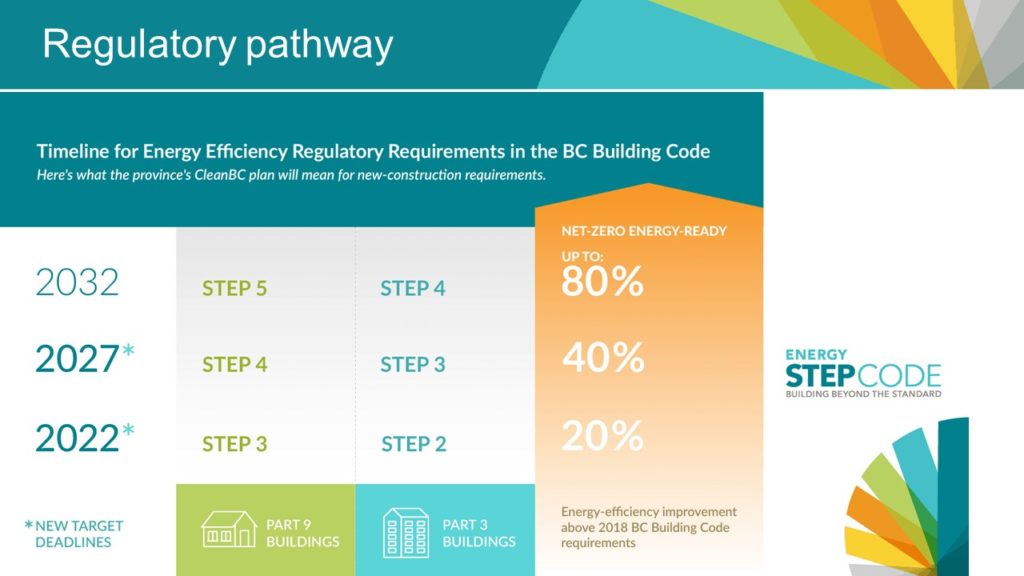
Use BC Hydro’s cost calculator to find out the approximate electricity use and associated cost for running the appliances, lighting and electronics in your home to help you prioritize purchases that save you most!
Home Energy Retrofit Rebates
Clean BC Better Homes
CleanBC Better Homes is BC’s online hub for homeowners and contractors to access information, rebates and support to reduce energy use and greenhouse gas emissions in new and existing homes.
Try the Rebate Search Tool to check out the variety of available rebates, including:
- Home heating (switching from a fossil fuel heat source, oil, propane, or natural gas, to an electric heat pump; for a total of up to $3,700 in rebates)
- Water heating
- Building envelope (insulation, windows and doors)
- Bonus offers for two or more upgrades
Search for rebates at BetterHomesBC.ca
Clean BC Better Homes also has a low-interest financing program for homeowners who are switching to a heat pump from natural gas, oil or propane heating. This program offers loans through FinanceIt and are accessed through CleanBC Finance Registered Contractors. For more information, visit CleanBC Better Homes Low-Interest Financing Program – Better Homes BC.
*CleanBC Better Homes is funded by the Province of British Columbia and the Government of Canada under the Low Carbon Economy Leadership Fund. CleanBC Better Homes rebates are administered by BC Hydro, FortisBC and BC Housing.
This federal program offers up to $5,600 in rebates for homeowners completing energy efficient upgrades on their home, including insulation, air sealing, windows, heating systems, solar systems, and resiliency measures. Carefully read the Canada Greener Homes Grant eligibility page to confirm your home is eligible, and the eligible retrofits page to learn about efficiency requirements and available grants for each retrofit.
- For questions about the eligibility of your home or your upgrades, please contact the program directly at 1-833-674-8282 or send an email.
- You must complete both a pre-and post-upgrade EnerGuide home evaluation.
- Please read the summary page to find eligible products.
- You can access rebates through both the Canada Greener Homes Grant and the CleanBC Better Homes and Home Renovation Rebate Program, however eligibility requirements and application steps differ.
Searching for an Energy Advisor? Check out Clean BC Better Homes energy advisor database: Find an Energy Advisor – Better Homes BC
Searching for a contractor? Check out Clean BC Better Homes contractor database: Find a Contractor – Better Homes BC
What else can you do at home?
- Draft-proof your home. Drafts can waste 5%-30% of a home’s energy. Try testing doors, windows and chimneys with incense. Where the smoke wavers, a draft is blowing in. To seal leaks, make or buy a “door snake” and caulk and weatherstrip doors and windows. You can also add small insulating covers underneath the wall plates of the electric outlets on outside walls, or adjacent to cold basements and crawl spaces.
- Insulate your windows. Hang heavy curtains to keep the cold out and the cozy in, or keep the cool in and the warm out. An even cheaper solution is to apply insulation film, available at most hardware stores.
- Reverse your ceiling fans. When fans turn clockwise, they push down the warm air that pools near the ceiling and circulates it through the room.
- Replace furnace filters. Dirty filters restrict airflow, decrease air quality, and increase a furnace’s energy demand. Replace your furnace filters at least every three months during the heating season or ask your landlord to. Better indoor air quality is a nice side benefit of this energy-saving tip. Also, consider switching to a washable filter, which will reduce waste and is more effective.
- Heat or cool the people not the space. Keeping people warm (or cool) is much more efficient than heating a whole space. In the summer, give your oven a break and check out 5 other ways to keep cool. In the winter, put on a sweater and slippers. Use an electric heat blanket or hot water bottle. Drink hot drinks. Get cozy.
- Mind your thermostat or ease off your air conditioning. For every degree you turn down the thermostat in the winter, you can save between 1.5-5% of your heating or cooling bill. Mind the thermostat when you’re not home or are sleeping. A programmable thermostat will help you get efficient and consistent.
- Consider a heat pump. It will help regulate your home temperature year-round and now is the time to check out BetterHomesBC.ca for a list of rebates available, provincially and even regionally (CRD).
- Consider solar. An initial investment may save you later. Homeowners can install a solar-electric (photovoltaic) system that converts sunlight into electricity, effectively slowing down the utility meter and reducing utility costs. Larger collection units can turn back the meter enough that, during the day, excess power can be sold back to the utility. This is called net metering.
Heat Pumps
Heat Pump Group Purchase Rebate
CleanBC Better Homes are now offering a Heat Pump Group Purchase Rebate of up to $500 for homeowners switching from an oil, natural gas, or propane heating system to an eligible air source heat pump. The more homes that register and apply as a group using the same Group Code, the higher the rebate for each participant, so share this page with your friends!
Current CRD Group Code: GPR0116-EXP20/06/2022
This code expires on June 20, 2022. Note: Each group code can be used by a maximum of 30 participants and once full or expired, a new code will be issued. Check back here for a new code.
Here is how to take advantage of the Group Purchase Rebate (GPR):
- Register with the CRD Group Code at betterhomesbc.ca/gpr-register once you have installed your eligible heat pump.
- Apply to Clean BC Better Homes for all eligible rebates before the code expires. Don’t forget to enter your GPR Group Code in the Promo Code field of the application form. If you have multiple codes, include both separated by a comma in this field.
- Spread the word about the CRD Group Code. The more homes that install a heat pump and apply using the same code, the higher the rebate!
Participants must register with the complete Group Code (format GPRXXXX-EXPDD/MM/YYYY), have their heat pump installed, and submit applications for rebates within 6 months of their final installation invoice date. If you’re not quite ready to install a heat pump before the code expires, check back for a new code after this code expires.
If you have questions about the Group Purchase Rebate or other CleanBC rebates, please speak with an energy coach toll free at 1.844.881.9790 or use this contact form.
Use the code at this link: Rebates & Retrofits | CRD to qualify for an additional up to $500 rebate when you switch to a heat pump from natural gas, oil, or propane. The more homeowners that apply and register as a group, the higher the rebate for each applicant, so make sure to share this link with your neighbours and friends!
General benefits of heat pumps:
- Heat pumps can be up to 300% more efficient than electric baseboard heating.
- Heat pumps can cool in the summer and heat in the winter
- Heat pumps can operate efficiently even in temperatures as low as –25C.
- Set and forget the temperature on your heat pump. A heat pump operates most efficiently by maintaining a set temperature.
- Heat pumps can also function as an air filter, cleaning the air of your home and reducing the impact of smoky conditions.
- Switching from gas heating to an electric heat pump reduces your fossil fuel use and carbon footprint.
Heat pump resources:
- Heat pump 101: https://www.powersmart.ca/tip/heat-pump-101
- Choosing the right heat pump: https://www.powersmart.ca/tip/choosing-and-installing-the-right-heat-pump
- 4 things to consider when getting a heat pump: https://www.powersmart.ca/tip/4-things-to-consider-when-getting-a-heat-pump
- Heat pump rebates: https://www.powersmart.ca/tip/program/heat-pump-rebates
Calculating costs and savings:
- Each home is different so it’s difficult to make a general estimate. It can depend on the system installed, size of home, number of occupants, how well insulated the home is and a number of other factors.
- Reach out to a Program Registered Contractor for advice.
- Make use of BC Hydro’s heat pump benefits calculator to use as a reference and identify the benefit of a heat pump to your home.
Heat pump installation
- Heat pump installation can vary, depending on the home. The time to install depends on availability of materials and contractor, the amount of modifications required and system complexity. On average, heat pump installations can take 1-2 days. Customers should consult with a Program Registered Contractor.
How We Move
Small changes can add up. Changing how we move also improves our quality of life and our community!
Use a carbon calculator to see the impact of your trips and consider not only the environment but also the social and physical health benefits of altering your travels.
The District is rethinking how we move by prioritizing transportation modes that do not use combustion vehicles. This means that between now and 2030 more trails and accessible walkways will be built to connect all corners of our community, providing residents with the option of safe and comfortable “active transportation” options. Whether you walk, roll, glide, or cruise with a mobility aid, trails and paths connecting neighbourhoods to each other and to the town centre will allow us all an alternative to car travel. In addition, connecting roads in key areas in Sooke as identified in the Transportation Master Plan will enable more efficient public transit, providing more equitable access to public transit services to all residents.
Did you know you can purchase a used EV for what you’re probably spending on gas and maintenance, especially if you are commuting for work daily? EVs are quiet and smooth to drive, and you can charge up for just a few dollars.
“I saved $200 a month switching from a gas vehicle to an electric. I was spending $600 a month on gas, commuting to work, and paid $400 per month for my new vehicle. No maintenance and how fun it is to drive are added bonuses!” – Sooke Resident
BC has the most charging stations in Canada with more being added all the time and new charging stations are being added in Sooke every year!
General Benefits
- No fuel, no emissions. The electric engine within an EV operates on a closed circuit, so an electric car does not emit any of the gases often associated with global warming. No petrol or diesel is needed in a fully electric vehicle, which is great for your carbon footprint.
- Running costs. Because you’re not paying for gas or diesel to keep your car running, you can save a lot of money on fuel. At the time of writing, it costs around $80 (Gas Buddy) to fill the average unleaded fuel tank for drivers of medium-sized cars in BC. By comparison, depending upon the electric vehicle you own it costs approximately $30/month (BC Hydro) with the additional bonus of the electricity going into your EV being 90% renewable.
- Low maintenance. We all know cars need a bit of TLC from time to time. Gas and diesel engines can require expensive engine maintenance over their lifetimes – electric vehicles don’t. In a traditional combustion engine there are hundreds of moving parts which can potentially go wrong, whereas an electric motor has fewer than 20. This means that your EV is likely to have lower long-term maintenance costs than other vehicles.
Electric vehicle resources:
- View the list of electric cars and SUVs available in B.C. Compare range, price, seating and rebate eligibility. Please verify information with auto dealers.
- You can save as much as $8,000 when purchasing an electric vehicle in B.C. LEARN MORE >>
How We Grow
Planning a healthy, vibrant community uses big picture, smart growth, thinking in land use planning where transportation, environmental impact, housing needs and economic opportunities harmonize to realize our vision of a small town with a big heart. How we grow is the question of where our food comes from, it is the question of how our trees are planted and protected, it is the question of how we grow a circular, inclusive, and holistic economy that prioritizes local.
District putting ACTION into Climate Action
Transportation Master Plan
The Transportation Master Plan (TMP) a long-term guide for the planning, design, and development of transportation facilities and infrastructure. The TMP, approved in October 2020, was prepared in conjunction with the District’s Parks and Trails Master Plan (PTMP) and in consideration of many existing plans and policies including BC Transit’s concurrent Sooke Local Area Transit Plan. The TMP was developed with the participation of Sooke residents, key community stakeholders, District staff and Council to ensure the plan addresses current transportation issues and reflects community values and interests. Supporting the outcomes for the TMP include Sustainable Transportation (Minimize greenhouse gas emissions and environmental impacts).
Key District Policies (from TMP)
- Develop a walking and rolling network that connects neighbourhoods to the Town Centre, schools, recreation, and public transit.
- Achieve high-quality pedestrian facilities through frontage improvements associated with land development.
- Create active transportation facilities that are comfortable, convenient, safe, and attractive for people of all ages or abilities.
- Apply universal design principles on all transportation infrastructure to create an accessible community.
- Provide pedestrian support amenities on public and private walking and rolling facilities to enhance safety and comfort.
- Create a well-connected network of safe and comfortable cycling facilities that appeal to cyclists of all ages and abilities.
- Establish an east-west alternative to cycling on Highway 14 as a long-term District priority that connects the Town Centre to the Galloping Goose Regional Trail.
- Prioritize cyclist safety in the planning and design of cycling facilities, pursuing physically separated cycling infrastructure where possible.
- Provide short-and long-term bicycle parking at public and private cycling destinations.
- Provide cycling support facilities (in addition to bike parking) to enhance cyclist comfort.
- Pursue coordinated land use planning and improved multi-modal access to/from transit to increase transit ridership and support transit service expansion.
- Support transit route changes and service expansion that improve overall transit service provision, as outlined in the Sooke Local Area Transit Plan.
- Provide safe, comfortable and accessible bus stops that can be accessed by all transit riders and improve the transit experience.
- Support and plan for the relocation of the Town Centre transit exchange to Wadams Way.
- Create park-and-rides and mobility hubs along regional transit routes that facilitate multi-modal trip making.
Community Environmental Stewardship Programs & Local Organizations
Purple Martins are a type of insectivore bird whose populations have dangerously decreased. There are concerned citizens working to provide adequate and safe nest locations to these birds in hopes of aiding re-population efforts.
Wild Wise volunteers are working hard to create new nest boxes for two local purple martin colonies AND are creating nest boxes for a brand new colony in Sooke. Wild Wise is hoping to monitor this new “Wild Wise Colony,” providing a safe place for these birds to call home while also aiding scientists in important nest monitoring research.
This program has been made possible by Sooke Gutter, who donated all the supplies for this project.
Learn more about purple martins here.

The Sooke Garden Club was established in 1971 as a means for residents of the Sooke Region to come together to share experiences, learn from experts, and enjoy the camaraderie and benefits to be derived from a common interest in gardening and horticulture. In turn, the Club contributes to the community through monetary donations, gardening-related volunteer work/support, and committee participation.
Membership: Membership is open to anyone over 12 years of age and costs $15 for the calendar year. People may join the Garden Club at any time during the year. Membership entitles the cardholder to discounts at various garden centres on the South Island.
Meetings: Regular meetings are held on the fourth Wednesday of each month from January through May, and from September through November, 7:00-9:00 pm at St. Rose of Lima Catholic Church, 2191 Townsend Road, Sooke. The November meeting is the Annual General Meeting, followed by the presentation of annual prizes and awards, and a celebration of the holiday season.
Learn more: sookegardenclub.wordpress.com
Resources
The Climate Action To-Go Kits contain tools and activities to help you take action on climate change at home.
Each kit contains resources and activities for you to:
- Measure household appliance electricity use with a Kill-A-Watt meter
- Discover air leaks in walls and around windows using a thermal leak detector
- Measure your home’s optimal lighting using a digital illuminance light meter
- Tune up a bike or track steps while learning about local active transportation routes
- Test showerhead water efficiency
- Learn about expected climate changes while preparing for both adaptation and emergencies
- And more!
Peek inside and take a tour of the kits with this unboxing video from the Greater Victoria Public Library.
The kits are available through the Greater Victoria Public Library, Vancouver Island Regional Library and Camosun College Library.
The CleanBC Better Homes and Home Renovation Rebate Programs, administered by BC Hydro, FortisBC and the Province of BC, provides rebates for improving your home’s energy efficiency through select upgrades.
Eligibility requirements and rebates are based on the date of the invoice. See the What Rebates are Available FAQ for information on how invoice date effects associated upgrade requirements and available rebates.
Rebate Chart
The Better Homes BC Rebate Chart is a quick at-a-glance chart summarizing all of the rebates currently available through the CleanBC Better Homes and Home Renovation Rebate Programs. For full program details, read the Program Requirements and Additional Terms and Conditions.
In response to the COVID-19 pandemic, select CleanBC Better Homes rebates are doubled for a limited time to support the restart of B.C.’s economy and help homeowners save energy.
The Double the Rebate offer has been extended by three months for customers switching from natural gas, propane or oil to an electric heat pump or heat pump water heater. Registration is required. Register for a promo code by March 31, 2021. Once received, your unique promo code can be used to apply for the Double the Rebate offer. Upgrades must be complete and invoiced by June 30, 2021.
Note: Promo code registration is closed for homes currently heated by electricity and homes heated by natural gas who want to upgrade their furnace/boiler.
If you live in an income-qualified household, you could qualify for a free energy saving kit to help save you energy and make your home more comfortable all year-round.
Each kit includes simple, energy-saving products that you can install yourself. With this kit, you can seal up the drafts around your home, save on lighting costs, and reduce your home’s water use too.
The kit contains:
- LED bulbs
- Weatherstripping to reduce drafts around windows and doors
- High-efficiency showerheads
- Water-saving tap aerators
- LED night light
- Fridge and freezer thermometer
- Step-by-step instruction guide [PDF, 3.4 MB] to help you install each product
You’ll also be able to customize your kit during the online application process, based on the specific needs of your home.
Learn more and apply through BC Hydro.
Active School Travel Planning… is a school catchment and neighbourhood-based planning process to increase walking and wheeling (bike, scooter, rollerblades, skateboard, wheelchair) or riding the bus to and from school.
The CRD’s Ready Step Roll initiative is a comprehensive and sustainable approach to making school-neighbourhoods more walk-able and wheelable, by identifying and addressing safety and social barriers to better support and enable active travel with purpose and confidence.
Parent Advisory Committees, Schools and Local Governments can apply at www.crd.bc.ca/ready
Facilitated by the CRD, Active School Travel Plans are developed collaboratively with schools, local government and community partners (i.e. local government, province) throughout the Ready Step Roll program.
The final reports summarize the school travel planning process, consultation data and engagement highlights, action plans, plan your route to school maps and encouragement/educational resources for each school that has completed the program.
Active, Public, and Shared Transportation Rebates
SCRAP-IT
Scrap vehicle rebates and incentives for BC Residents. Please visit www.scrapit.ca for detailed current information.
Also includes:
- BC Transit Ecopass – 11 month pass ($880 value) valid on the Victoria
Regional Transit System provided by the Clean BC Go Electric Transportation Options Program - Electric Bike Rebate – for the purchase of new and qualifying electric bikes ($1,050) provided by the Clean BC Go Electric Transportation Options Program
- Care Share Credit – a $500 credit with specified organizations provided by the Clean BC Go Electric Transportation Options Program
Electric Vehicle (EV) Rebates:
Please visit https://pluginbc.ca/ for detailed current information on incentives, support for first-time EV owners, and public charging stations.
Additional Resources:
- Specialty Use Vehicle Incentives (low-speed vehicles, electric motorcycles, cargo e-bikes, utility trucks, etc.)
- Zero-Emission Vehicles Federal Rebate Program
- Clean BC Go Electric Rebates
- SCRAP-IT Program
Electric Vehicle Charging Rebates:
Please visit https://pluginbc.ca/ for detailed current information.
- BC’s EV Charger Rebate Program (includes single-family residences, apartments, condos and workplaces)
Local Government Climate Action Program (LGCAP) provides local governments and Modern Treaty Nations with predictable and stable funding to support the implementation of local climate action that reduces emissions and prepares communities for the impacts of a changing climate. Learn more about this program funding >>
Average summer temperatures are increasing and extreme heat events and air quality alerts, due to wildfire smoke, are becoming more common as the climate changes. Find helpful tips on preparing for hotter weather here >>
Progress in Pictures
Click the image to enlarge and scroll through the gallery.
Carbon Calculator
Use the Carbon Calculator to find out how many tonnes of greenhouse gases (GHGs) you emit in a year. The lower your GHG emissions, the lower your impact on our planet’s climate.
Additional Calculators
Community Energy and Emissions Plan
On October 7, 2013, a workshop was held with staff and stakeholders from the District of Sooke facilitated by BC Hydro and the Community Energy Association. The workshop group looked at the energy and emissions data for their community as a whole and decided on an action plan for the community. The following document provides an overview of the workshop outcomes, and presents a vision for energy reductions. READ MORE >>
CRD Climate Action
The CRD signed the BC Climate Action Charter in 2008 and, on an ongoing basis, is taking steps to adapt, mitigate and reduce climate change impacts.
In February 2019, the Capital Regional District (CRD) Board identified Climate Action & Environmental Stewardship as a priority for the region and approved a motion to declare a climate emergency. A growing list of cities have joined an international movement to declare a state of emergency regarding the climate crisis, promising to accelerate their climate action efforts to achieve net-zero carbon emissions. The CRD is developing and implementing strategies to address this issue. At the community level, the Regional Climate Action Strategy guides the CRD’s services to support community-focused climate mitigation and adaptation action over the next five years.
The Strategy aligns with federal, provincial and regional initiatives to ensure a coordinated approach that identifies all opportunities and maximizes region-wide benefits.
The CRD Board approved the Regional Climate Action Strategy on April 12, 2017.
Archived Content
For the third year in a row, the District of Sooke has been recognized by the joint Provincial-Union of BC Municipalities (UBCM) Green Communities Committee as a BC Climate Action Community (2014 Recognition Letter). This recognition is for achieving Level 2 (Measurement) in the Climate Action Recognition Program, the second of three levels in the program.
As a signatory to the Climate Action Charter since 2008, the District of Sooke has demonstrated its commitment to work with the Province and UBCM to take action on climate change and reduce greenhouse gas (GHG) emissions in municipal operations and the community.
The District of Sooke completed a corporate carbon inventory and Climate Action Revenue Incentive Program (CARIP) public report for the 2014 reporting year. The 2014 CARIP Report highlights the progress and action being made towards reducing those emissions and meeting the District of Sooke’s Charter goals. CARIP is a conditional grant program that provides funding to Charter signatories equivalent to 100 percent of the carbon taxes they paid directly. The 2014 CARIP grant was $1,749.42 and was deposited in the Carbon Tax Reserve Fund to help fund future projects aimed at reducing GHG emissions in District of Sooke facilities or the wider community. The CARIP reports are available HERE.
To achieve Level 2 designation, the District of Sooke was also required to demonstrate familiarity with the Community Energy and Emissions Inventory (CEEI). The CEEI for the Township shows energy consumption and GHG emissions from community-wide activities in on-road transportation, buildings and solid waste.
Community Energy and Emissions Plan
On October 14, 2014 the District of Sooke endorsed the Community Energy and Emissions Plan (CEEP) which provides a comprehensive, long-term plan to improve energy efficiency, reduce GHG emissions, and foster local green energy solutions in the community. The development of the CEEP was facilitated by BC Hydro and the Community Energy Association via the Quickstart Program. The process engaged stakeholder and public input to analyze, rank and plan for future climate-related efforts tailored to Sooke’s unique circumstances and to accomplish the goals set out in the District’s Official Community Plan (OCP). A CEEP contributes to a smart community plan, more efficient infrastructure, more livable towns and the protection of the environment—showing leadership on multiple fronts and saving all of us money.
The District is working to implement the top priority objectives of the CEEP, as follows:
- Promote home retrofits and demand-side management (DSM) programs to reduce energy consumption,
- Improve walking infrastructure (sidewalks connecting central schools), and
- Organics diversion from Hartland Landfill.
The District of Sooke passed a resolution on February 12, 2008 agreeing to sign on to the Climate Action Charter. The Charter recognizes the need for action on climate change and the important role that the Provincial Government and local governments can play in promoting change. By signing the charter, local governments are agreeing to develop strategies and take action to achieve the following three goals:
- Become carbon neutral in respect to municipal operations by 2012;
- Measuring and reporting on the community’s GHG emissions profile;
- Creating a complete, compact, and more energy-efficient community.
Some of the goals the District agreed to by signing onto the BC Climate Action Charter are:
- to develop strategies and take actions aimed at reducing GHG emissions;
- to become carbon neutral in respect to municipal operations by 2012;
- to remove barriers such as existing policies and procedures that impede taking action on climate change;
- to encourage infrastructure and a built environment that supports the economic and social needs of the community while minimizing environmental impacts.
The charter itself does not specify a reduction target for municipal operations; however, the Charter does refer to other commitments that the Province has made which include the target to reduce greenhouse gas (GHG) emissions by 33 percent from 2007 levels by 2020.
The Climate Action Revenue Incentive Program (CARIP) is a conditional grant program that provided funding to local governments that have signed the B.C. Climate Action Charter equal to 100 percent of the carbon taxes they pay directly to support local government operations. The program encourages investment in climate action. The program is being discontinued in its current form; new provincial initiatives will be made available in lieu of CARIP.
